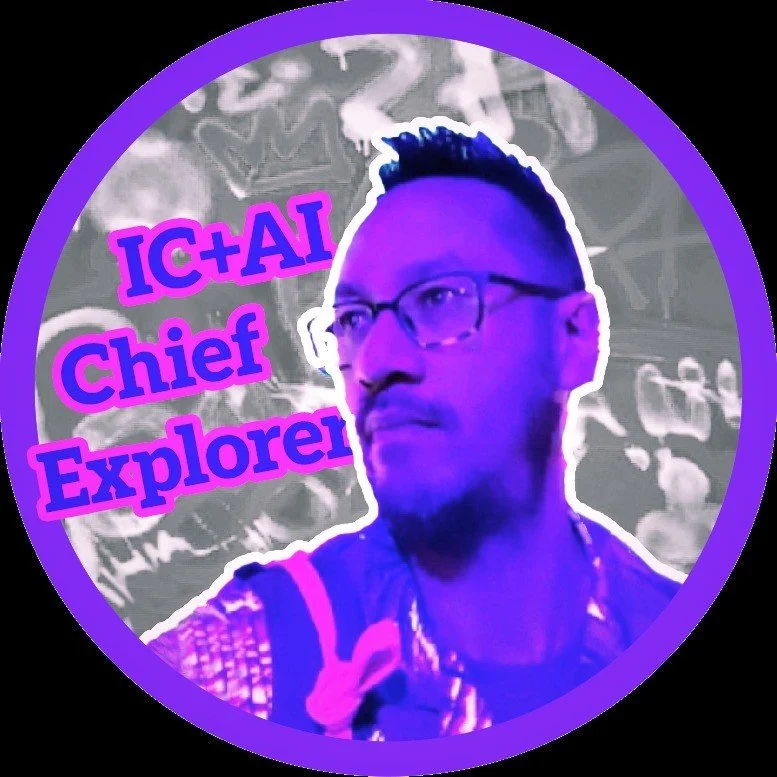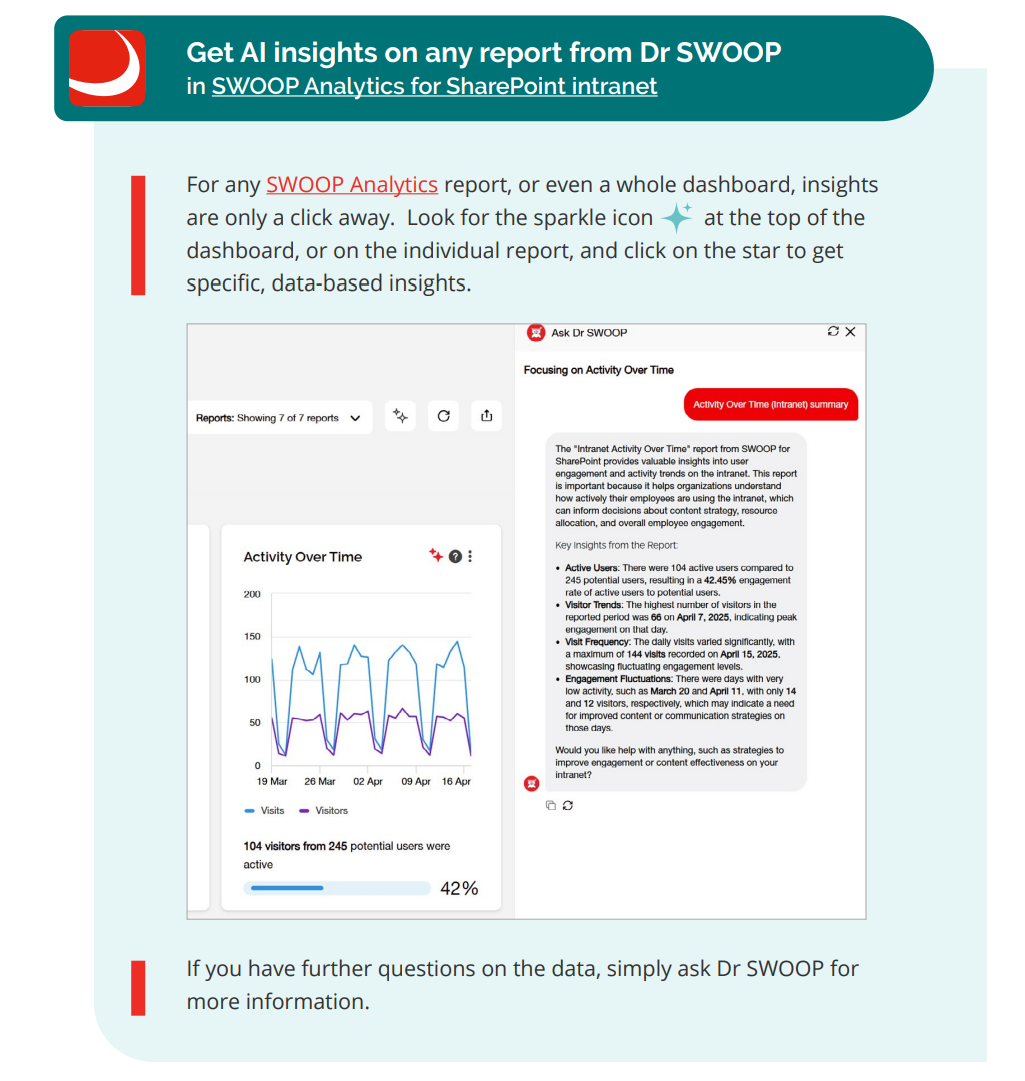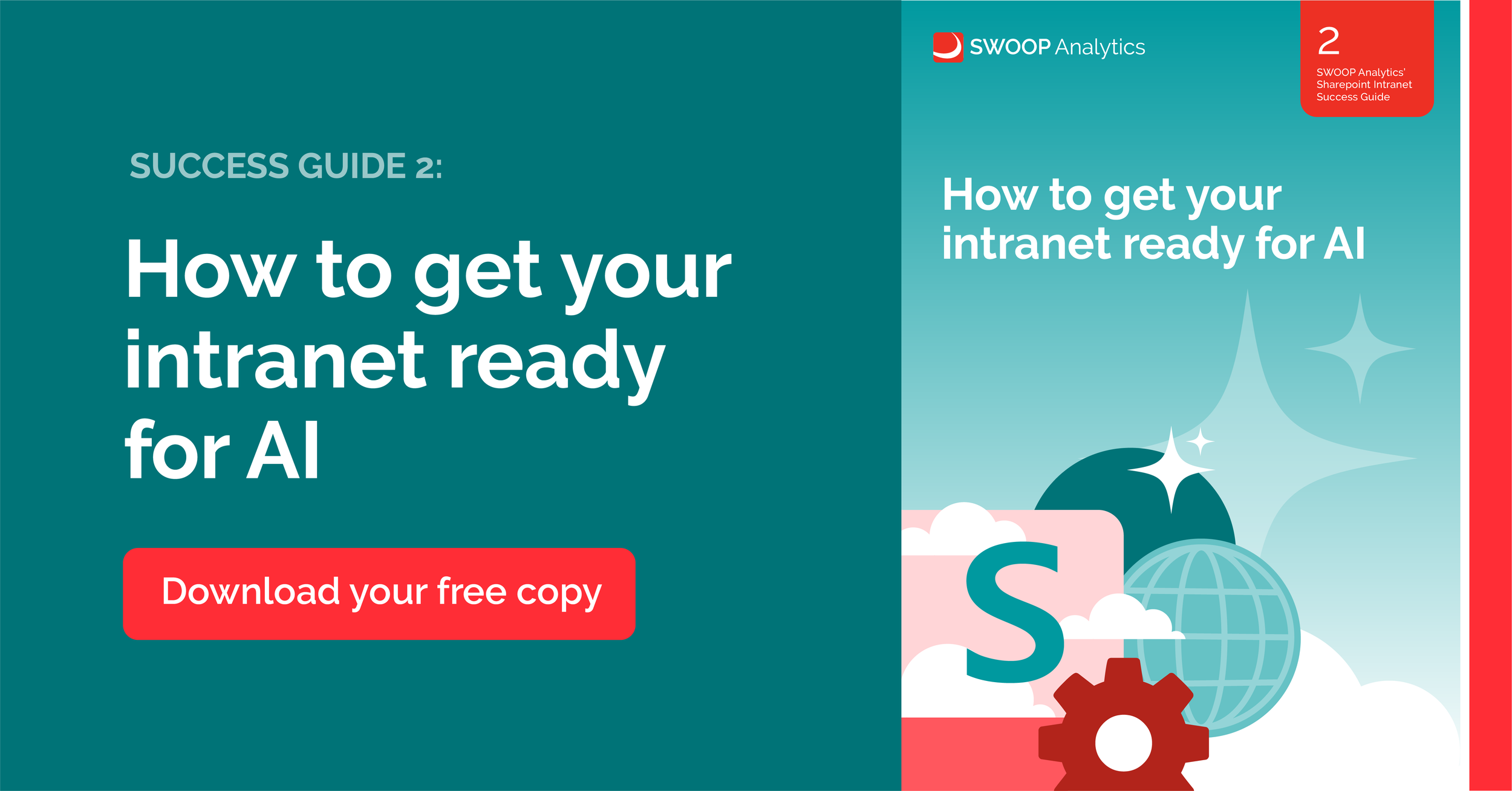Getting your intranet ready for AI is like moving house
If you want to get your intranet AI-ready, think of it like a fresh start when you move house. You need to get rid of the junk, you need to do a good clean-up of the old house and have structures in place in the new house to keep everything organised.
This analogy comes from intranet specialist Susan Hanley, but it’s universal advice to delete, clean up and organise the likely thousands of files and pages on your intranet in preparation for the benefits Artificial Intelligence can bring to your intranet.
As part of our research in this year’s SharePoint intranet benchmarking analysis we contacted many of the world’s top intranet specialists and thought leaders to ask their opinion on the evolving role of AI in intranets and digital workplaces.
The overwhelming consensus is that while AI can offer significant benefits to improve the user experience and quality of intranets, it requires organisations to clean up their content and ensure it is well managed.
The experts we contacted agreed most organisations are still in the early stages of AI implementation, particularly within the Microsoft Copilot ecosystem. At the moment, AI is often regarded as a "nice to have" rather than a necessity.
Sam Marshall, Owner, ClearBox Consulting.
Sam Marshall, owner of ClearBox Consulting, a leading European consultancy on intranet and digital workplace strategy, says AI is not currently regarded as an essential writing assistant because most internal communicators feel confident in their writing skills and see AI as a tool to assist rather than replace them.
“It’s nice to have a bit of help writing, but I don’t need to know how to write,” was how Sam described internal communicators’ sentiment about AI.
Sam says AI can help flag outdated content and review content written by people who are not communicators, which are common pain points for intranet owners.
Frank Dias, Communications Lead, AI Strategic Change Program, at The Adecco Group.
Frank Dias, Communications Lead, AI Strategic Change Program, at The Adecco Group agreed that many internal comms professionals are still hesitant to fully embrace AI, often limiting its use to generating first drafts of content.
Frank believes the true potential of AI lies in its ability to transform how we think about and execute our work, and advised internal communicators to stay informed and open-minded about emerging technologies and their implications for work.
Microsoft SharePoint specialist Susan Hanley has also found that while many organisations recognise AI's potential, they are not quite ready to fully embrace it - yet.
Susan Hanley, Microsoft SharePoint specialist.
"It feels a little bit like the way people talked about the cloud way back when," she said.
Susan believes foundational issues like managing permissions and security are significant hurdles for many companies when it comes to adopting AI, especially those still operating on-premises.
Governance and information architecture is critical
All the experts we interviewed agreed strong governance measures and information architecture must be in place before AI is used to help govern intranets.
Sam Marshall stresses the importance of maintaining good information hygiene to ensure AI systems provide accurate and reliable answers.
"The risk is that if we just train AI agents on that same poor data set, you're going to get the same crappy answers," he warned.
Susan has the same message, emphasising the importance of good information architecture and governance. This means organisations need to clean up their content and have good content management practices in place in preparation for the impact of AI.
“You have to understand the basics and organise your content in a way that AI has authoritative content over which to reason,” she said.
Susan believes AI will be integral to every intranet, much like search is today, but it requires careful planning and governance to be effective.
"You have one, and only one, shot to get this right," she said, likening it to moving house and getting rid of junk.
"Planning is always better than reacting."
As AI capabilities evolve, Sam hopes it can help with intranet analytics by providing actionable insights rather than just raw data.
"The next step is not just saying; ‘Well, here's a trend’ or ‘This is really popular, this is really unpopular’, but actually giving guidance about what they should do about it," Sam said.
Using AI to help with intranet searches
Most of the experts we interviewed spoke about the potential for AI to enhance intranet search capabilities, but only once the intranet is cleaned up and well managed.
Sam Marshall spoke about retrieval-augmented generation (RAG), where AI helps answer queries based on a specific corpus of information. This could be done by, for example, scoping the AI chatbot to include only responses sourced from a specific set of SharePoint sites. This approach can improve the quality of search results and reduce the risk of misinformation.
"Because it's a constraint data set, you can be much more confident the quality of what's coming out is good," he said.
While Sam acknowledges the exciting potential of AI in digital workplaces, he stresses the need for careful implementation and ongoing management.
"AI is raising the floor, not the ceiling,” Sam said.
Susan suggests starting with a centralised policy centre, which can significantly improve management and accessibility, and then using Microsoft’s SharePoint AI agent to streamline policy management and enhance user experience.
Frank Dias takes it a step further, flagging the concept of using AI to personalise the intranet for every employee.
Effectively, AI could create a personalised digital assistant for each employee, providing tailored information and updates based on their specific needs and preferences. This would not only enhance productivity but also ensure employees receive relevant and timely information.
"Your intranet is actually your AI assistant within the organisation," Frank said.
However, he was quick to point out the challenges and ethical considerations that come with AI adoption, stressing the need for responsible AI governance and the importance of transparency and accountability.
"You need to have your own developed AI governance approach to how your business has accepted and how it's planning to do AI within the business to keep you honest," he advised.
Esben Rytter, NGAGE.
Esben Rytter from Danish intranet specialists NGAGE has found many customers have concerns about using Microsoft Copilot across their intranet because of the cost involved, and cyber security concerns. Instead, he said, many organisations are building custom intranet bots.
“It seems a lot cheaper and more 'safe' to build a custom bot where you can control what the bot is grounded in,” Esben said.
He predicts that, in the future, the chat interface will be quite dominant, and the intranet will be reduced to news and policies/standards/guidelines.
Using AI to help with intranet content
A common pain point for internal communicators is to find things to write about that people actually care about.
Often, we’re tempted to write about global or strategic high-level news first, followed by local content. However, data shows that people better engage with topics that affect them. For example, if the office car park is closed on Wednesday, they want details and will engage with this content because it has a direct impact.
Jonas Bladt Hansen, Co-Founder, Next Level IC.
Jonas Bladt Hansen, Co-Founder of internal communications specialists Next Level IC believes this is where AI can really help with content ideas to target individuals.
“You can use AI to think through a policy from many perspectives,” he said.
“For example, if you have a mix of frontline, head office, full-time and part-time workers, you could ask GenAI to comment on a draft policy based on those personas.”
Jonas’ ideas of how AI can help with intranet content include training bots to write articles that match the target audience, using AI to assess whether content fits into the local culture for things like local public holidays, tapping into data to understand if some concepts or words are associated with negative sentiment, and trying to better integrate video into internal comms.
Channel exhaustion and how AI can help
Jesper Andersen, AI specialist and owner of Quantum Public Relations, spoke about what he calls “channel exhaustion".
In the not-too-distant past, employees received all their company news via email and a newsletter. Everyone received the same one-way communication – no more, no less.
Jesper Andersen, Owner, Quantum Public Relations.
“Life was simple for the internal comms function,” Jesper said.
“Over the last 20 years we've seen an increasing focus on looking at employees as 'whole people', so we need to cater for their needs.
“Companies introduced vegetarian options, put showers in bathrooms, added prayer rooms, created gender-neutral bathrooms etc.”
However, at the same time, there is increased pressure to provide information that matches the needs of a particular audience. Using Jonas’ example, it’s only people working in the particular office where the car park is located that care about whether the car park is closed on Wednesday.
In the current workplace, we’re trying to cater communications to reach particular audiences combined with the fact there are now many more communication channels to choose from – the intranet, Viva Engage, digital signage, text messages, employee apps and so on.
“When you add all these things together it becomes incredibly complex to get a message out to a specific audience, written in a way that is tailored to their needs and via a channel that they prefer at the right time,” Jesper said.
“This is 'channel exhaustion'.”
Jesper suggests AI could help. He believes AI could turn this “channel exhaustion” into “liquid content”. Liquid content means you are able to create personalised content. It ensures specific pages automatically adjust to the visitor in terms of message. Much like Frank touched on above.
“Maybe AI has a role in helping the comms team execute this,” Jesper said.
“The concept is that content is liquid and can be shaped into anything. Several dimensions apply here.
“For example, time, where you can shorten or make content longer using AI.
“Another dimension is complexity. You can make it easier to read, or make it more complex.
“Finally, you can choose between passive or interactive.”
Jesper used the example of being able to interrupt podcasts and ask the host a question. AI will answer the question and then return to the podcast as if it was a real live conversation. This is not some futuristic idea, but can be done today with Google Notebook.
“It seems that the 'channel exhaustion' will only get worse as the expectations about what is possible will increase,” he said.









